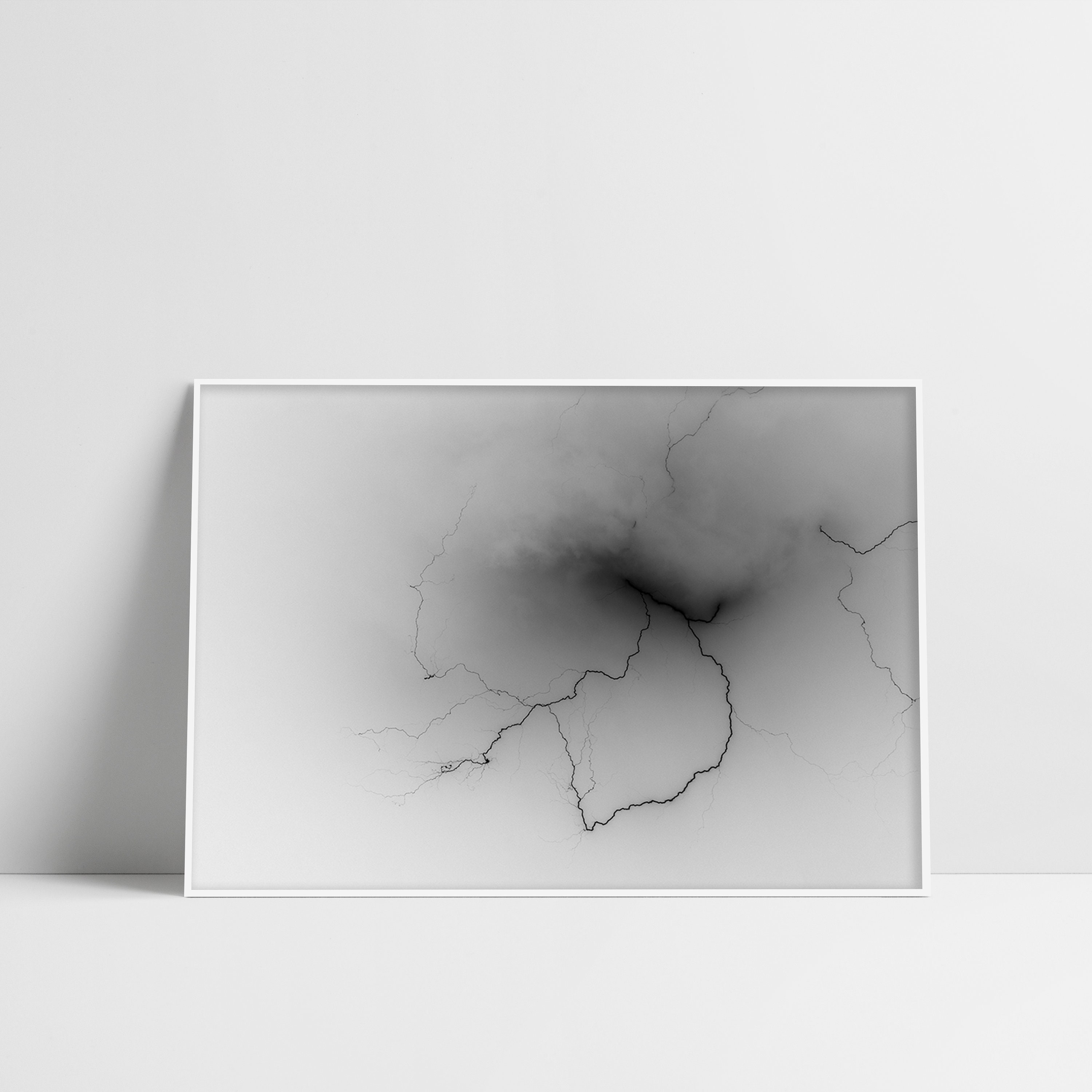

While the term minimalism was coined in the US, with key figures such as Carl Andre, Dan Flavin and Donald Judd, the exhibition also looks at their contemporary counterparts as well as artists from the region, with some 150 works by over 120 artists. This idea of immateriality and spirituality was always already present in Asian art,” Tan explains. “When you look at the late colour‑field paintings of artists such as Mark Rothko, Barnett Newman and Ad Reinhardt, there is often a kind of immaterial or spiritual element, and the same can be said for minimalist art. This led to an important transition in Western art, connecting abstract expressionism to art forms we now associate with post‑modern or contemporary art, including installation and performance art,” says Tan.ĭespite its importance in Western art, minimalism never manifested into a movement or tendency in Asia, when in fact, the exhibition suggests, many of the movement’s artists were influenced by Asian spirituality and philosophy, in particular Zen Buddhism with its principles of emptiness, simplicity and awareness. “Minimalism art expanded the viewer’s experience from the confines of the object into the physical environment of the work. Object., in collaboration with the ArtScience Museum, offers a look at how the movement came about, and its development and influence on art as we know it today. “But you can trace its roots in the minimalism art movement from the 1960s”, says Eugene Tan, director of the National Gallery Singapore, whose latest blockbuster exhibition, Minimalism: Space.

Minimalism has become a symbol of good taste in recent years with the resurgence of the minimalist aesthetic in fashion (Céline, pre-Hedi Slimane and Jil Sander), design and architecture (Apple and Tadao Ando), and even lifestyle (Marie Kondo).


 0 kommentar(er)
0 kommentar(er)
